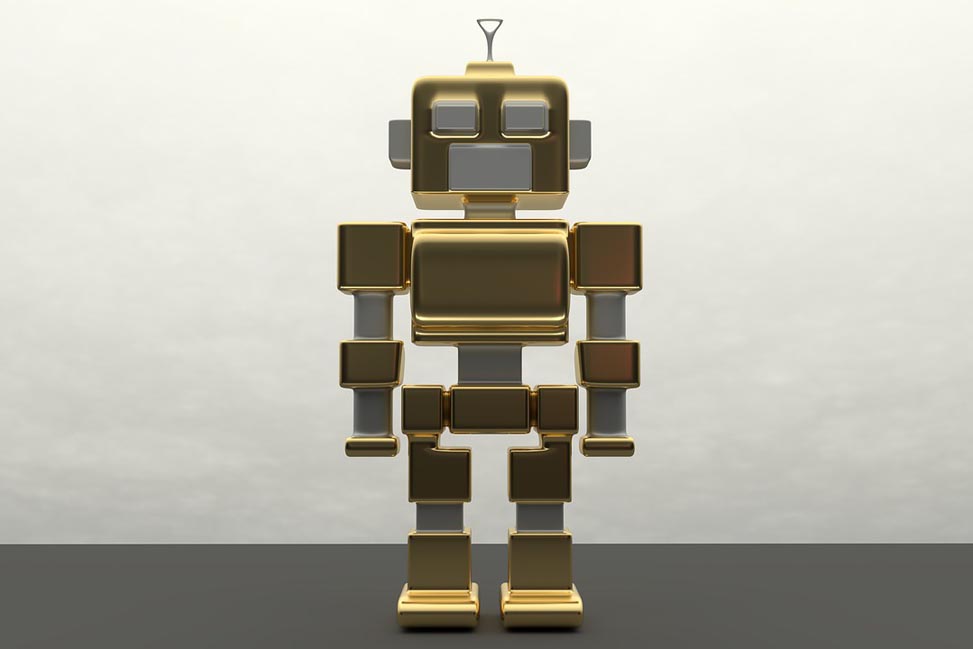In an increasingly globalized world, machine translation (MT) has emerged as a powerful tool for breaking down language barriers and facilitating cross-cultural communication. With the development of neural machine translation (NMT) systems such as Google Translate, DeepL, and Baidu Translate, access to multilingual content has become faster and more accessible. However, despite rapid advancements, machine translation still faces significant challenges when it comes to rendering culturally rich content—especially content rooted in Chinese history, literature, and traditional values—into other languages. This article explores the limitations of machine translation in handling Chinese cultural content and why human translators remain indispensable in this context.
The Complexity of Chinese Language and Culture
The Chinese language is not just a medium of communication; it is a vessel of thousands of years of philosophy, history, and cultural wisdom. Classical Chinese literature, idioms (成语), proverbs, historical allusions (典故), and cultural references are deeply embedded in many texts, especially in literature, legal documents, traditional medicine, and political discourse.
For instance, the idiom “画龙点睛” (huà lóng diǎn jīng), which literally means “to dot the eyes of a painted dragon,” actually refers to adding a finishing touch that brings something to life. A literal machine translation might say “paint dragon dot eyes,” which loses the meaning entirely and may confuse the reader.
Similarly, many Chinese concepts, such as “孝” (filial piety), “中庸” (the Doctrine of the Mean), and “天人合一” (harmony between man and nature), are deeply philosophical and culturally specific, requiring not only linguistic conversion but cultural interpretation—something machines struggle with.
Literalism and Semantic Loss
Machine translation systems often rely heavily on word-to-word or phrase-to-phrase equivalence, particularly in low-context models. While this approach can yield passable results for simple or technical texts, it becomes problematic when translating Chinese texts rich in metaphor, symbolism, and tone.
Take the famous poetic line from Li Bai:
“床前明月光,疑是地上霜。”
A literal MT output might read:
“Bright moonlight before my bed, suspect it is frost on the ground.”
Although technically correct, it lacks poetic rhythm, tone, and emotional nuance. A human translator might render it as:
“Before my bed, the bright moonlight glows—
I suspect it’s frost upon the ground.”
This preserves not only the meaning but also the aesthetic beauty of the verse.
Lack of Cultural Context and Pragmatics
Cultural context plays a vital role in language comprehension and translation. Machines cannot reliably infer pragmatic elements like sarcasm, irony, politeness levels, or cultural appropriateness. For example, when a Chinese speaker says “有空来坐坐” (literally: “Come sit down when you have time”), it’s often a polite expression of hospitality, not a literal command. MT systems might misinterpret this as a direct order or overly casual statement, depending on the algorithm’s design.
Moreover, machines often fail to understand historical or political connotations. Terms like “四人帮” (Gang of Four), “三从四德”, or “文化大革命” carry complex cultural weight and require careful contextual translation—not merely transliteration or direct word substitution.
Challenges with Tone and Politeness
The Chinese language is sensitive to tone, honorifics, and indirect expressions. In formal writing or business correspondence, phrases are crafted to maintain hierarchy, respect, and harmony. Machines often misread or flatten these nuances. For example, “烦请您查收” (kindly check) might be rendered as “please check,” stripping away the polite and deferential tone that is culturally expected.
This tonal flattening can lead to miscommunication or even perceived rudeness in cross-cultural exchanges—something that is especially critical in diplomacy, business, and academia.
Specialized Domains: Traditional Chinese Medicine and Legal Texts
In fields such as Traditional Chinese Medicine (TCM), machine translation faces terminological and conceptual challenges. TCM terms like “气” (qi), “经络” (meridians), or “寒热虚实” (cold, heat, deficiency, excess) are not directly translatable without in-depth cultural and medical understanding. Misinterpreting these terms can lead to serious misunderstandings.
Similarly, in Chinese legal texts, terms often reflect Confucian principles, local administrative practices, and linguistic ambiguity that require both legal and cultural literacy. Machines are ill-equipped to handle such layered complexity.
Bias and Training Data Limitations
Machine translation systems are only as good as the data they are trained on. Many NMT systems are trained on general-purpose bilingual corpora, which may not include sufficient samples of high-quality Chinese cultural texts. As a result, they may underperform when translating traditional literature, historical essays, or classical philosophy.
Moreover, training data may reinforce existing biases or incorrect translations, especially when non-native or poorly translated content is used as input.
The Irreplaceable Role of Human Translators
Despite these limitations, machine translation can serve as a useful tool for generating rough drafts or assisting in basic comprehension. However, when it comes to translating Chinese cultural content accurately and elegantly, human translators are irreplaceable.
A skilled translator is not just bilingual but bicultural. They must interpret meaning, intent, tone, and cultural subtext while adapting the message for the target audience. This process is inherently creative, context-sensitive, and reliant on empathy—qualities no machine can yet replicate.
Machine translation has made remarkable progress in recent years, transforming how we access multilingual content. However, its application to Chinese cultural content remains fraught with challenges. From idiomatic expressions and literary nuances to contextual subtleties and domain-specific knowledge, cultural depth often gets lost in algorithmic simplification.
For institutions, publishers, and organizations seeking to share Chinese culture with the world, reliance on machine translation alone is inadequate and risky. Instead, a collaborative model that integrates human expertise with machine efficiency is the most promising path forward—one that respects the richness of Chinese heritage and ensures its authentic transmission across languages and cultures.


